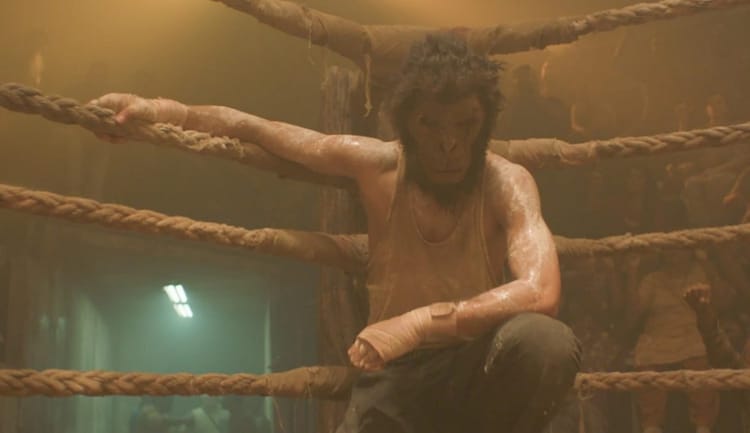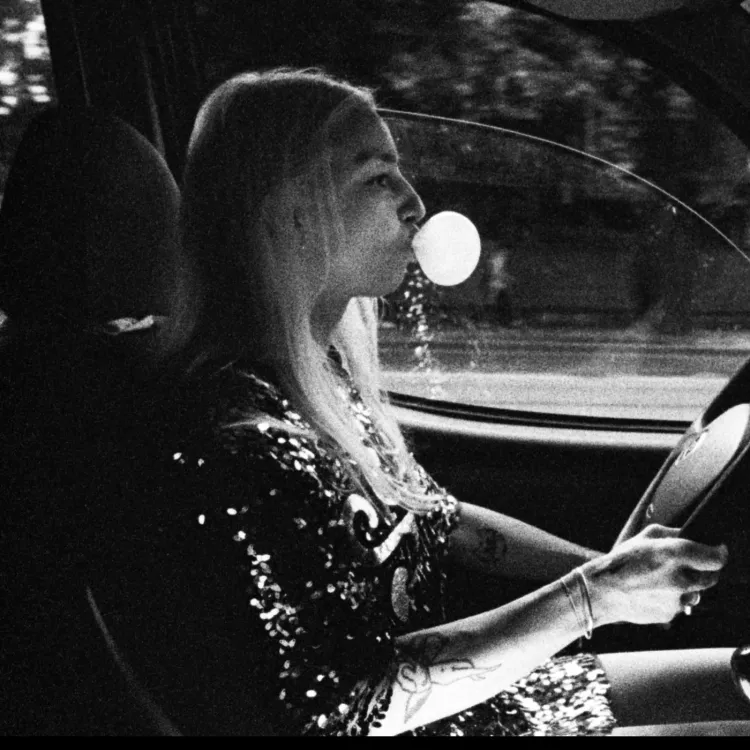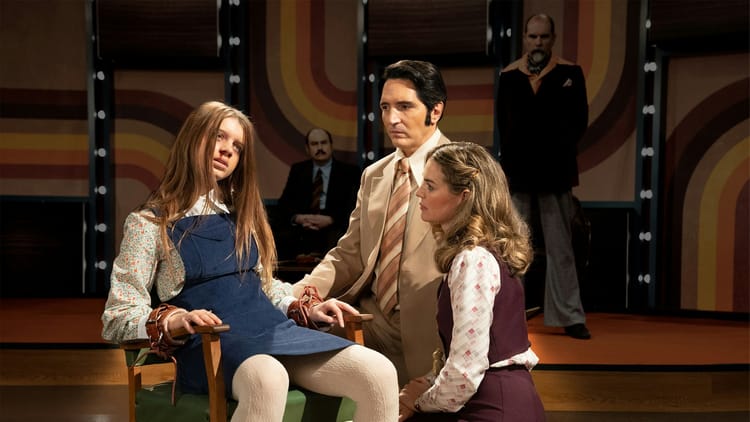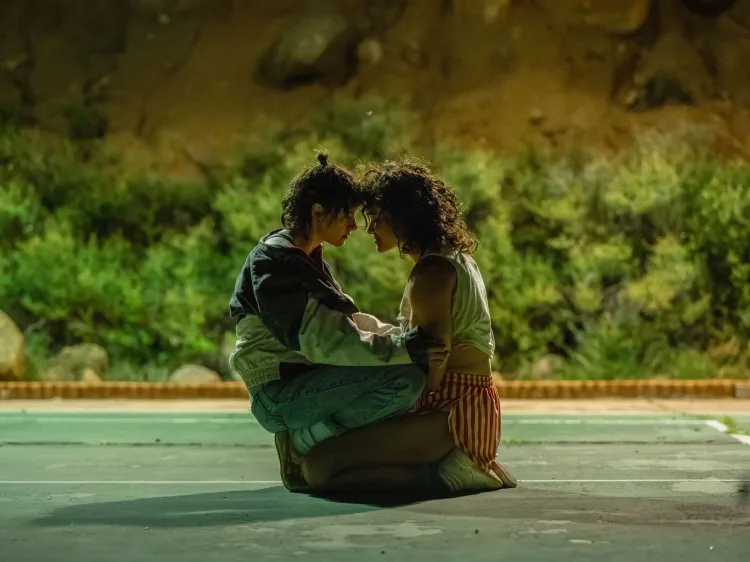Tiong Bahru Social Club
Instinctively, I often find myself inadvertently being more critical of local art than I want to be. It's an unwitting reflex, stemming from a desire for our arts scene to do better, to achieve more. You can call it tough love, but really, it's just unfair. A film should be judged on its quality and not its location. It's just as wrong to celebrate a film as it is to criticize it for its regional origins. So I did my best to leave my biases at the door for Tiong Bahru Social Club.
For the first hour of this movie, I kept asking myself, am I actually not enjoying myself or is this just my inner local snobbery seeping out? But when the title card for Part 2 came onscreen, the accompanying wave of dread answered my question.
Tiong Bahru Social Club follows Ah Bee, played very quietly by Thomas Pang, as he transitions into his new job at the titular Tiong Bahru Social Club as a happiness agent. He's assigned to Ms. Wee, played by Jalyn Han, whom he is now duty bound to making happier, by the club's established measurements. It's an interesting satirical conceit, pitting Singapore’s internationally recognized unhappiness against our government's desire to quantify and calculate.
But to be a satire, there has to be some bite. Tiong Bahru Social Club fails to have a perspective on any of the issues it raises, ranging from en bloc sales, to the right to privacy. It's limiting to demand a movie to give us an answer. But it needs to at least have a point of view. Tiong Bahru Social Club consistently manages to avoid having anything to say about Singapore, despite getting very close. The Singapore of this film is neither a data-driven dystopia or an eerily chirpy utopia, it is merely a half-baked "topia".
Initial responses to the movie's trailer led to comparisons with Wes Anderson, known for his idiosyncratic direction and distinctive visuals. Undeniably, this is a pretty-looking movie with a fun colour palette and a novel set design. Tan Bee Thiam, the film's director and co-writer, has talked about the influence of retrofuturism on the film which carries through in the many interesting set design and costume choices. But the film's art direction has very little bearing on the rest of the film. Style in many scenes overrides substance, not difficult considering the film's emptiness to begin with.
The main performances in the movie all embody a similar stylized "quirkiness". The performances from the actors are admirable, but the tempo of the editing leads to long gaps of awkward silence. There is no sense of rhythm or flow to scenes, as they stutter along. Even the otherwise effusive and charismatic Thomas Pang cannot overcome the clunky direction and repetitive nature of these conversations. Throughout the film, we will watch one character in the centre of the frame, talking to Ah Bee through the camera. We cut to the impassive Ah Bee who will then muster a smile back at the lens. Though the director has stated that these shots are meant to generate a sense of discomfort, none of that came through in my viewing experience. Instead, it only gave me only a palpable sense of boredom, as any scene with dialogue was both unengaging visually and tiresome. Rarely does anything develop in Ah Bee or other characters from these protracted dialogues.
Of course, stylized dialogue is not in itself an issue. But it becomes a problem when this stylization is inconsistent. Ah Bee would, in one scene, say nothing at all, and later wax poetic on the nature of vacuums. Clunky conversations meander on, with the script never sticking to its own rules. If the team behind the film wanted to commit to their vision of a quirky and offbeat Singapore, they should have started with dialogue.
What makes Tiong Bahru Social Club all the more frustrating is how close it comes to having a genuinely interesting vision. Little peeks of ingenuity come out with robbers stealing park signs in only ski masks and their underwear, a chirpy Big Brother surveillance AI, the smokers' yellow cube and the wonderfully acerbic and cat-obsessed Ms. Wee. These snapshots showed some real imagination and zaniness that the rest of the film could have stood to gain from. Even though not necessarily thematically relevant, they provided a freshness that the film is otherwise lacking.
Throughout Tiong Bahru Social Club, I waited for the pin to drop, for some element of this world to start crumbling, or to just get some sense of how the filmmakers felt about their own story. Instead, I got only a neon sheen plastered over scenes, pleasing snippets of Tiong Bahru's unique architecture, and lumbering dialogue. Part of me is so stumped by the indulgent hollowness of what I watched, that I'm almost convinced I've missed the point entirely. Which is why for this review, I did something I usually don't do: reading interviews with the director, talking about their work. And to my surprise, Tan Bee Thiam's ideas resonated with me, about style supporting story, the concept of a communal future, the radical optimism of the past. Yet, these hardly come through in this debut film. So as much as I disliked this movie, I sincerely hope in future ventures, he manages to make that come through in his filmmaking.




